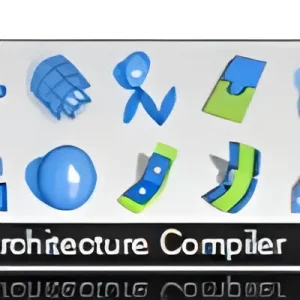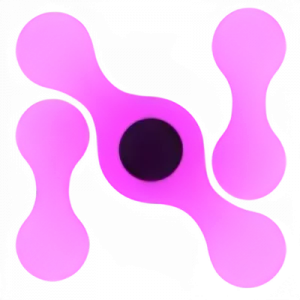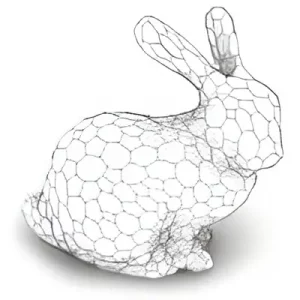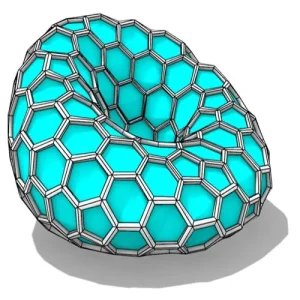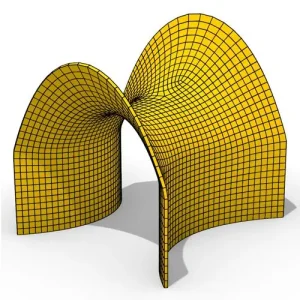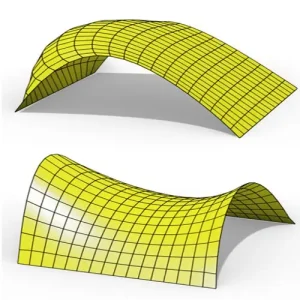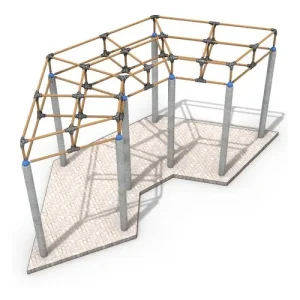Rhino Grasshopper Plugins
Discover 90+ Grasshopper plugins we've used in our projects.
Click on any plugin to explore related example files and see how they enhance parametric design.
Examples
4D Noise
This component creates Perlin and Simplex noise. In the Grasshopper scripting on RhinoCommon here at McNeel Europe we teach to program a component that does this, in C# and Vb.Net. Grasshopper contains a 1D Perlin noise function (similar to sines summations), but this functionality cannot be directly extended to more dimensions.
Weaverbird
Weaverbird is a topological modeler that contains many of the known subdivision and transformation operators, readily usable by designers. Instead of doing the work repeatedly, or sometimes using complicated scripts, this plug-in reconstructs the shape, subdivides any mesh, even made by polylines, and helps preparing for fabrication.
Wombat
Wombat for GH is an open source series of miscellaneous utilities aimed at improving modeling processes by streamlining common tasks. It includes components for operating on geometry, lists, files and folders, and visualizing the geometric properties of surfaces and meshes. Originally developed by Andrew Heumann and Brian Ringley while members of the Woods Bagot Design Technology team, maintained by WB DT. Open source at https://github.com/woodsbagot/WombatGH
Ivy
Additionally if you are interested in the research behind Ivy you can read these two papers. Please consider citing them if ivy helps you in your research and up-vote the plug-in if it is helpful for your work.
Quelea
Agent-Based Modeling for Designers
+ A new paradigm for 3D modeling utilizing agents.
+ Assign forces and behaviors to systems of agents to create interactions.
+ Utilize any data to drive the system.
+ Easily debug your system by displaying individual force vectors.
+ High performance, parallel algorithms, spatial data-structures.
+ Write your own custom forces, no coding required.
+ Open source framework for others to build custom behaviors.
+ Boid forces: Cohese, Separate, Align, & View.
+ Contain Agents within Brep, Box, Surface, and Polysurface environments.
+ Forces: Path Follow, Attract, Contain, Surface Flow, Seek, Arrive, Avoid Obstacle, Avoid Unaligned Collision, Sense Image, Sense Point, & more to come.
+ Behaviors: Bounce Contain, Kill Contain, Initial Velocity, Eat, Set Velocity, & more to come.
ShapeMap
ShapeMap is a plugin for Grasshopper, developed by the McNeel Asia China team. It integrates multiple basic functions in Rhino and has undergone secondary development. This plugin allows users to map any curve texture designed on a plane onto the surfaces of complex 3D models, while minimizing or eliminating deformation of the texture curves on the 3D surfaces. With ShapeMap, designing textures on 3D model surfaces becomes much easier, and the operation process is intuitive and simple.
Chimpanzee
Chimpanzee is a Grasshopper plug-in for Rhino 6, Rhino 7, Rhino 8 WIP and Rhino Mac written in C# which focuses on fractal math and chaos theory. Chimpanzee contains currently 90 components including strange attractors, map & oscillators, 4D hyperchaotic systems, iterated function systems (IFS) a fractals like Mandelbrot set or Julia set using escape time algorithm.
Elefront
EleFront v4.3.0 is the Rhino 6 legacy release. Component names and icons have been changed to make it easy to distinguish from the new version. Only install if you want to have the stable version and the beta installed side by side. If you are not testing the beta and only work in Rhino 6, install version 4.2.2 instead. Version 4.3.0 works in Rhino 7 as well, but does not implement any of the new features that are present in Rhino 7 only.
Load more products
Loading...



